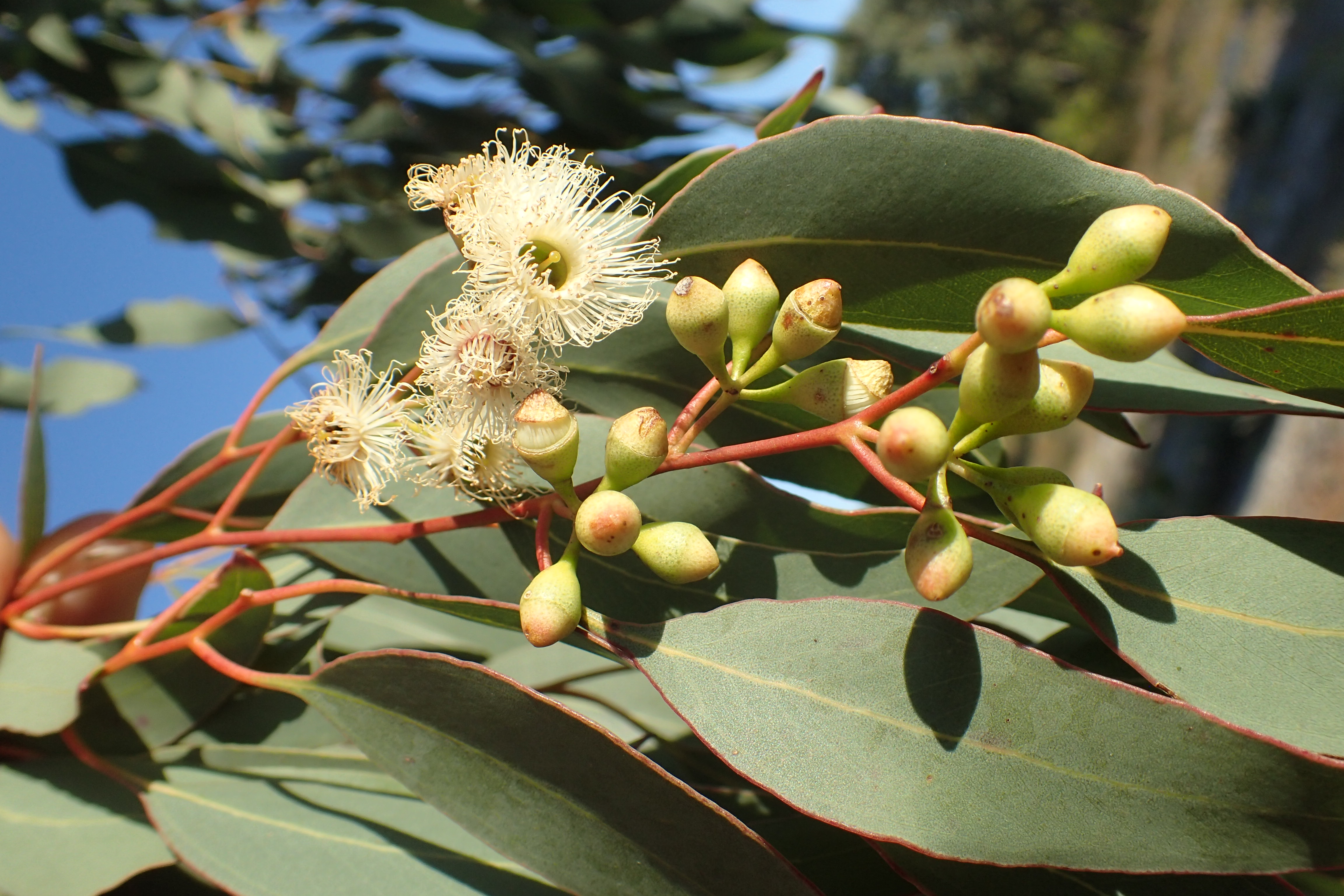Eucalyptus sheathiana on:
[Wikipedia]
[Google]
[Amazon]

 ''Eucalyptus sheathiana'', commonly known as ribbon-barked gum or ribbon-barked mallee, is a species of tree or a mallee that is
''Eucalyptus sheathiana'', commonly known as ribbon-barked gum or ribbon-barked mallee, is a species of tree or a mallee that is

 ''Eucalyptus sheathiana'', commonly known as ribbon-barked gum or ribbon-barked mallee, is a species of tree or a mallee that is
''Eucalyptus sheathiana'', commonly known as ribbon-barked gum or ribbon-barked mallee, is a species of tree or a mallee that is endemic
Endemism is the state of a species being found in a single defined geographic location, such as an island, state, nation, country or other defined zone; organisms that are indigenous to a place are not endemic to it if they are also found elsew ...
to Western Australia. It has smooth bark that is shed in long ribbons, lance-shaped adult leaves, flower buds in groups of seven, creamy white flowers and conical to cup-shaped fruit.
Description
''Eucalyptus sheathiana'' is a tree or a mallee, that typically grows to a height of and forms alignotuber
A lignotuber is a woody swelling of the root crown possessed by some plants as a protection against destruction of the plant stem, such as by fire. Other woody plants may develop basal burls as a similar survival strategy, often as a response t ...
. It has smooth, greyish bark that is shed in long ribbons. Young plants and coppice
Coppicing is a traditional method of woodland management which exploits the capacity of many species of trees to put out new shoots from their stump or roots if cut down. In a coppiced wood, which is called a copse, young tree stems are repeated ...
regrowth have greyish green, egg-shaped to lance-shaped leaves that are long and wide. Adult leaves are lance-shaped, long and wide, tapering to a petiole long. The flower buds are arranged in leaf axil
A leaf ( : leaves) is any of the principal appendages of a vascular plant stem, usually borne laterally aboveground and specialized for photosynthesis. Leaves are collectively called foliage, as in "autumn foliage", while the leaves, st ...
s on an unbranched peduncle long, the individual buds on pedicels
In botany, a pedicel is a stem that attaches a single flower to the inflorescence. Such inflorescences are described as ''pedicellate''.
Description
Pedicel refers to a structure connecting a single flower to its inflorescence. In the absenc ...
long. Mature buds are oval to pear-shaped, long and wide with a conical operculum. Flowering occurs from January to April and the flowers are creamy white. The fruit is a woody conical to cup-shaped capsule long and wide with the valves near rim level.
Taxonomy and naming
''Eucalyptus sheathiana'' was first formally described in 1916 byJoseph Maiden
Joseph Henry Maiden (25 April 1859 – 16 November 1925) was a botanist who made a major contribution to knowledge of the Australian flora, especially the genus ''Eucalyptus''. This botanist is denoted by the author abbreviation when citing ...
from material collected in Kings Park by Jeremiah Sheath (1850–1915), in turn, from seed collected from the "Eastern Gold Fields near the South Australian border". The specific epithet
In taxonomy, binomial nomenclature ("two-term naming system"), also called nomenclature ("two-name naming system") or binary nomenclature, is a formal system of naming species of living things by giving each a name composed of two parts, bot ...
(''sheathiana'') honour the collector of the type specimens.
Distribution and habitat
This eucalypt is found on plains in the southern wheatbelt betweenWongan Hills
Wongan Hills is a range of low flat-topped hills in the Avon Wheatbelt bioregion of Western Australia. It is located at , in the Shire of Wongan–Ballidu.
History
The range was first recorded in 1836 by Surveyor General of Western Australia Jo ...
, Nyabing and Lake King
Lake King is a town in the eastern Wheatbelt region of Western Australia, from Perth along State Route 40 between Kelmscott and Ravensthorpe. As of 2016, the town had a population of 95. The 2011 census recorded both the population of the tow ...
, and in nearby parts of the Goldfields-Esperance region. It grows in shrubland on sandy lateritic
Laterite is both a soil and a rock type rich in iron and aluminium and is commonly considered to have formed in hot and wet tropical areas. Nearly all laterites are of rusty-red coloration, because of high iron oxide content. They develop by ...
soils.
Conservation status
This eucalypt is classified as "not threatened" by the Western Australian GovernmentDepartment of Parks and Wildlife
The Department of Parks and Wildlife (DPaW) was the department of the Government of Western Australia responsible for managing lands described in the ''Conservation and Land Management Act 1984'' and implementing the state's conservation and e ...
.
See also
* List of ''Eucalyptus'' speciesReferences
{{Taxonbar, from=Q15355654 Eucalypts of Western Australia Trees of Australia sheathiana Myrtales of Australia Plants described in 1916 Mallees (habit) Taxa named by Joseph Maiden